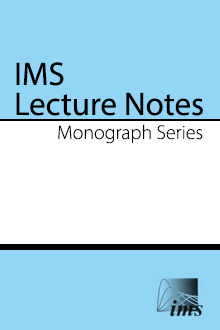Abstract
When a sample frequency table is published, disclosure risk arises when some individuals can be identified on the basis of their values in certain attributes in the table called key variables, and then their values in other attributes may be inferred, and their privacy is violated.
On the basis of the sample to be released, and possibly some partial knowledge of the whole population, an agency which considers releasing the sample, has to estimate the disclosure risk.
Risk arises from non-empty sample cells which represent small population cells and from population uniques in particular. Therefore risk estimation requires assessing how many of the relevant population cells are likely to be small. Various methods have been proposed for this task, and we present a method in which estimation of a population cell frequency is based on smoothing using a local neighborhood of this cell, that is, cells having similar or close values in all attributes.
We provide some preliminary results and experiments with this method. Comparisons are made to two other methods: 1. a log-linear models approach in which inference on a given cell is based on a ``neighborhood'' of cells determined by the log-linear model. Such neighborhoods have one or some common attributes with the cell in question, but some other attributes may differ significantly. 2. The Argus method in which inference on a given cell is based only on the sample frequency in the specific cell, on the sample design and on some known marginal distributions of the population, without learning from any type of ``neighborhood'' of the given cell, nor from any model which uses the structure of the table.
Information
Digital Object Identifier: 10.1214/074921707000000120


